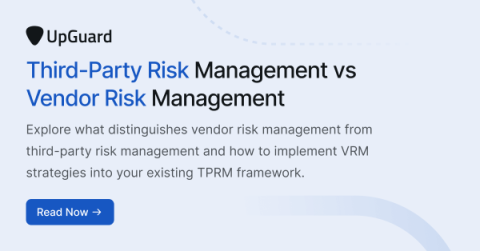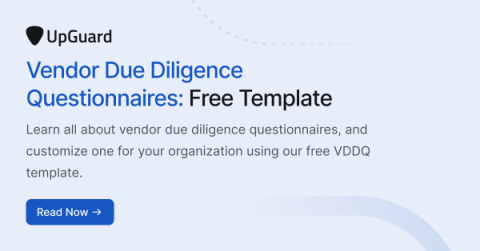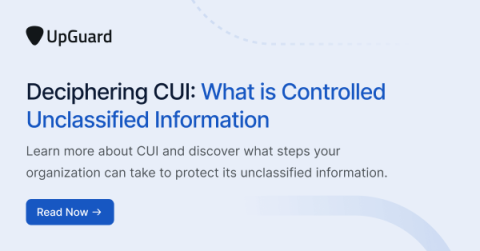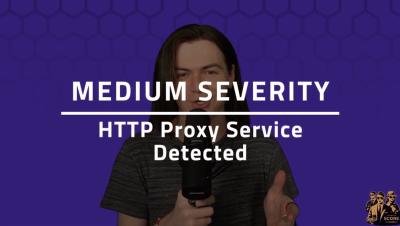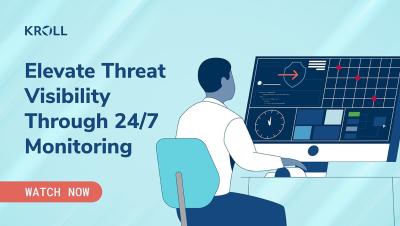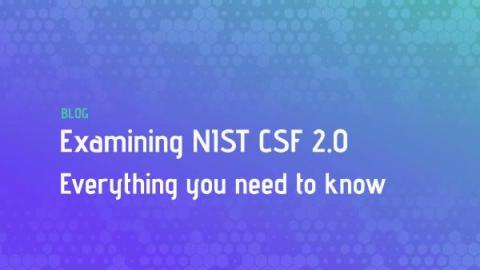Third-Party Risk Management vs Vendor Risk Management
Organizational risk management often mentions third-party risk management (TPRM) and vendor risk management (VRM). The cybersecurity industry commonly uses these terms interchangeably, but there is a distinct difference between these two crucial components of an organization's broader risk management strategy.


